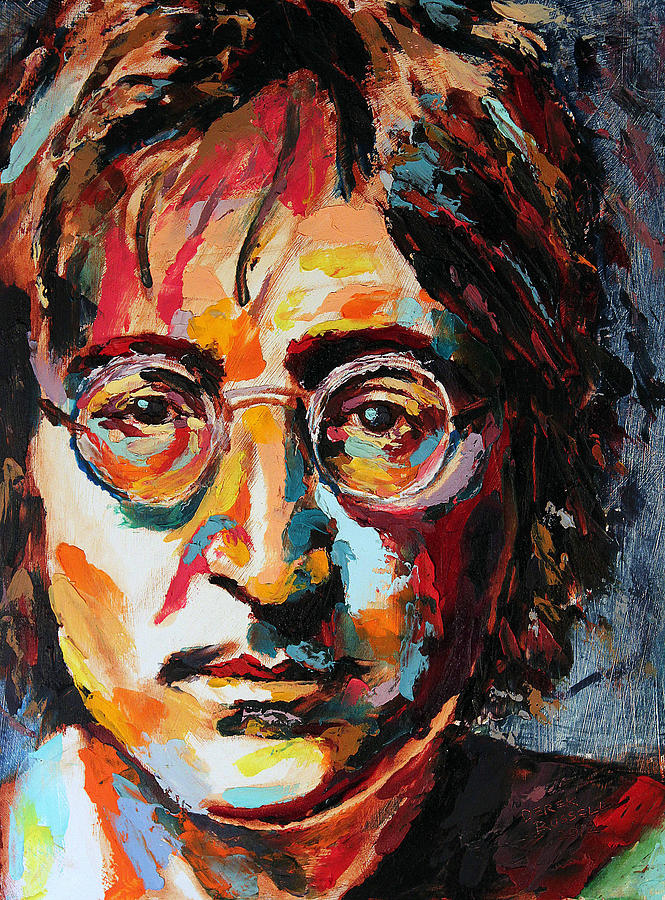


The majority of Johnson's portraits have been assigned dates on the basis of the ages of the sitters, from about 1795 to 1825, and most depict affluent residents of Baltimore. None of Johnson's portraits is actually dated and only one bears his signature. Since that time more than eighty works have been attributed to Johnson. When a retrospective exhibition of Johnson's paintings was held at the Peale Museum in Baltimore nine years later, twenty-five portraits were included. Hall Pleasants, former secretary of the Maryland Historical Society, in an article published in 1939. Johnson's identity as an artist was first established by J. The land records establish the fact that Johnson was apparently financially successful in his profession. Land records indicate that Johnson was a property owner in Montgomery, Frederick, and Anne Arundel counties in Maryland after 1824. The names of Johnson's wife Sarah and their three children, George, John, and Sarah, are recorded in Catholic church records in Baltimore. It might have been Baltimore, or more likely the French West Indies from which he may have come to Baltimore as an indentured servant who eventually earned his freedom. In all the directories he is listed as a "limner" or "portrait painter," and seems to have had at least eight different addresses in Baltimore and neighboring Fells Point. There appears to be no question about Johnson's occupation. In the directory of 1817, however, Johnson's name appears among the "free householders of Color" listed separately in the publication. Johnson may have been biracial and fair enough to elude identification as an African American by publishers of the directory. In editions of the directory in which an asterisk designated a person of color, there is no asterisk by Johnson's name. Johnson's identity as an African American has been questioned as well. Whether Johnson was a slave or not is open to question since his name appears in the City Directory of Baltimore from 1796 to 1824, when the directory did not list slaves. The families and descendants of those whose portraits he painted claim that Johnson was a former slave. His background, however, remains a mystery.
#Portrait painter john professional
Joshua Johnson, or Johnston, the earliest documented professional African-American painter, was active in Baltimore during the late eighteenth and first quarter of the nineteenth century. "As a self-taught genius, deriving from nature and industry his knowledge of the Art and having experienced many insuperable obstacles in the pursuit of his studies, it is highly gratifying to him to make assurances of his ability to execute all commands with an effect, and in a style, which must give satisfaction." - Joshua Johnson quoted in Advertisement, "Portrait Painting," Baltimore Intelligencer, 19 Dec.


 0 kommentar(er)
0 kommentar(er)
